Who should control Kerala temple's $22 billion treasure?
The centuries-old Sree Pasmanabhaswamy temple in Thiruvananthapuram in Kerala on its way to become the richest shrine in India. Ornaments and valuables reportedly worth a whopping Rs one lakh crore have already been recovered from the secret cellars of the temple. Now the big questions is, who should control all this wealth.
-
 A staggering $22 billion (Rs 90,000 crore) worth of gold, jewels and statues have been unearthed from the 16th century Sri Padmanabhaswamy temple in Kerala, so far. The treasure trove is believed to be the largest find of its kind in India.
A staggering $22 billion (Rs 90,000 crore) worth of gold, jewels and statues have been unearthed from the 16th century Sri Padmanabhaswamy temple in Kerala, so far. The treasure trove is believed to be the largest find of its kind in India. -
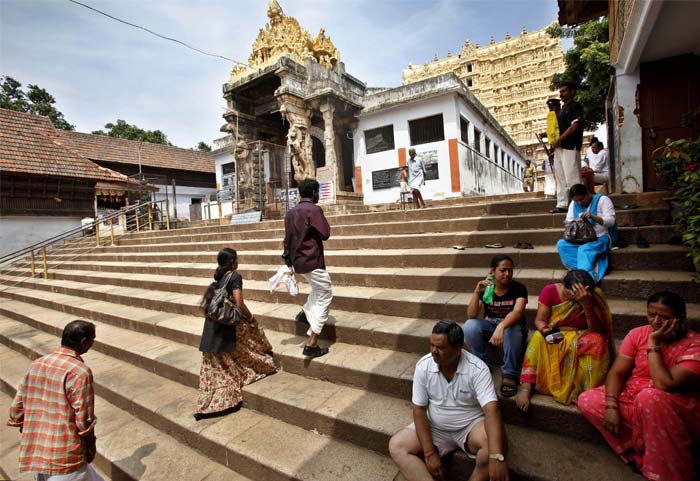 The revelation came after Supreme Court ordered the opening of the vaults at the temple to assess its wealth based on a PIL by a local activist accusing administrators of mismanaging and poorly guarding the temple.
The revelation came after Supreme Court ordered the opening of the vaults at the temple to assess its wealth based on a PIL by a local activist accusing administrators of mismanaging and poorly guarding the temple. -
 The discovery has forced the Kerala government to send two dozen police officers to the previously unguarded shrine for round-the-clock security.
The discovery has forced the Kerala government to send two dozen police officers to the previously unguarded shrine for round-the-clock security. -
 Sree Padmanabhaswamy Temple is one of 108 Divya Desams (Holy Abodes of Vishnu) – principal centres of worship of the deity in Vaishnavism. It dates back to the 8th century CE. The temple gave its name to Kerala's state capital Thiruvananthapuram. ‘Thiru' ‘Anantha' ‘Puram' means Sacred Abode of Lord Anantha Padmanabha.
Sree Padmanabhaswamy Temple is one of 108 Divya Desams (Holy Abodes of Vishnu) – principal centres of worship of the deity in Vaishnavism. It dates back to the 8th century CE. The temple gave its name to Kerala's state capital Thiruvananthapuram. ‘Thiru' ‘Anantha' ‘Puram' means Sacred Abode of Lord Anantha Padmanabha. -
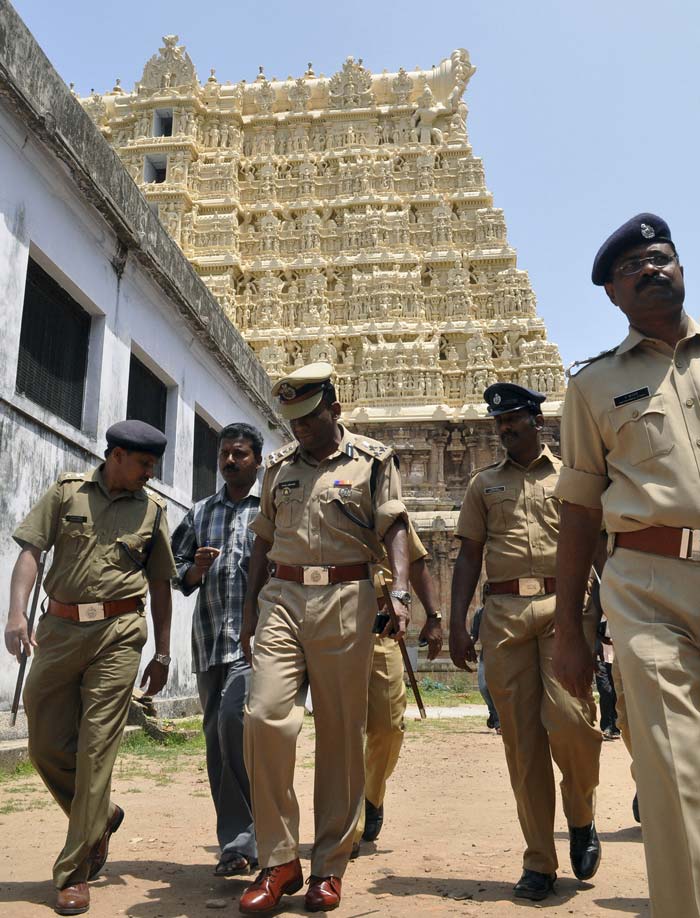 Searchers have found bags of gold coins, diamonds and other jewels and solid-gold statues of gods and goddesses. On Monday, searchers started to unseal "Section B" of the vaults, a large space that was expected to reveal another sizeable collection.
Searchers have found bags of gold coins, diamonds and other jewels and solid-gold statues of gods and goddesses. On Monday, searchers started to unseal "Section B" of the vaults, a large space that was expected to reveal another sizeable collection. -
 The unearthing has led to the question of who should manage the wealth, much of which is believed to have been deposited at the temple by the royal family of the princely state of Travancore, which acceded to India when the country became independent in 1947. Some of the vaults under the temple have not been opened for nearly 150 years.
The unearthing has led to the question of who should manage the wealth, much of which is believed to have been deposited at the temple by the royal family of the princely state of Travancore, which acceded to India when the country became independent in 1947. Some of the vaults under the temple have not been opened for nearly 150 years. -
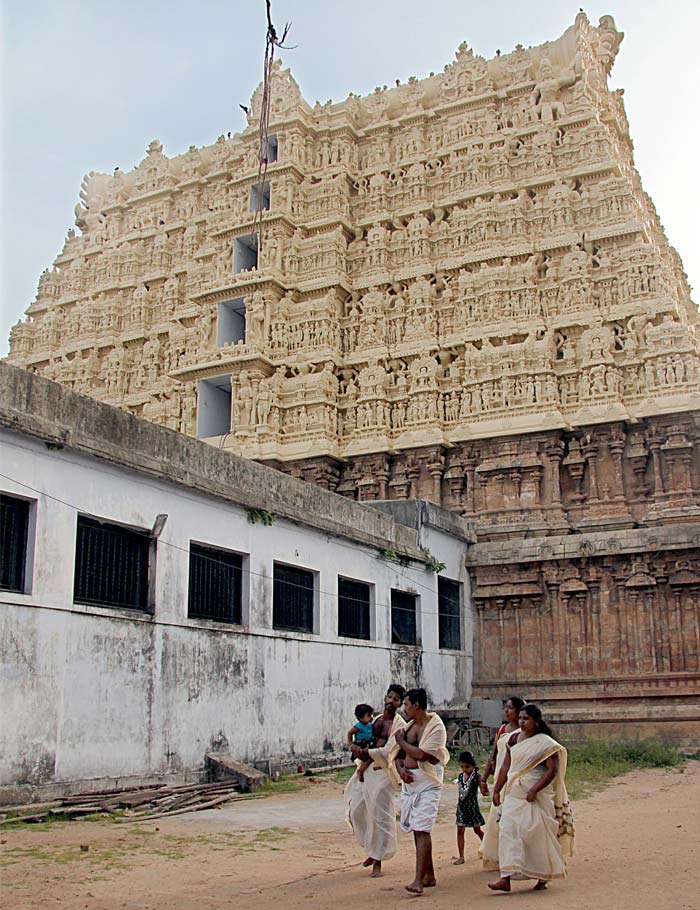 Temples in India often have rich endowments, mainly from donations of gold and cash by pilgrims and wealthy patrons, but the wealth discovered at Padmanabhaswamy dwarfs the known assets of every other Indian temple. Such assets are typically meant to be used by administrators to operate temples and provide services to the poor, but they have often become the subject of heated disputes and controversies.
Temples in India often have rich endowments, mainly from donations of gold and cash by pilgrims and wealthy patrons, but the wealth discovered at Padmanabhaswamy dwarfs the known assets of every other Indian temple. Such assets are typically meant to be used by administrators to operate temples and provide services to the poor, but they have often become the subject of heated disputes and controversies. -
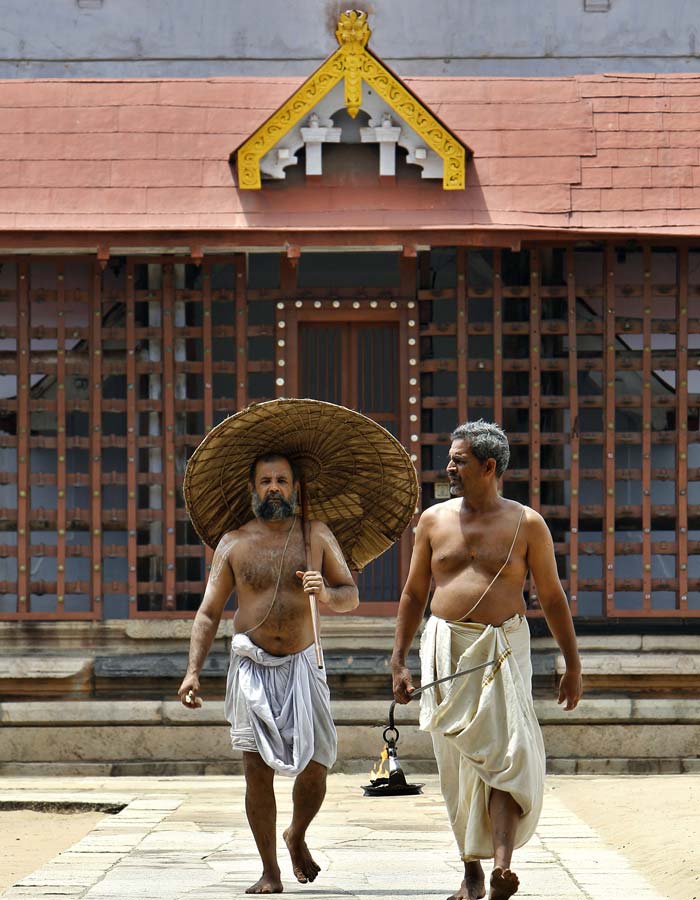 Kerala Government officials say that the state would not seek control of the temple or its treasure, a step that some activists have recommended. "The treasure is donated to the temple from disciples and believers; it's the property of the temple," an official said. "It has nothing to do with the state."
Kerala Government officials say that the state would not seek control of the temple or its treasure, a step that some activists have recommended. "The treasure is donated to the temple from disciples and believers; it's the property of the temple," an official said. "It has nothing to do with the state." -
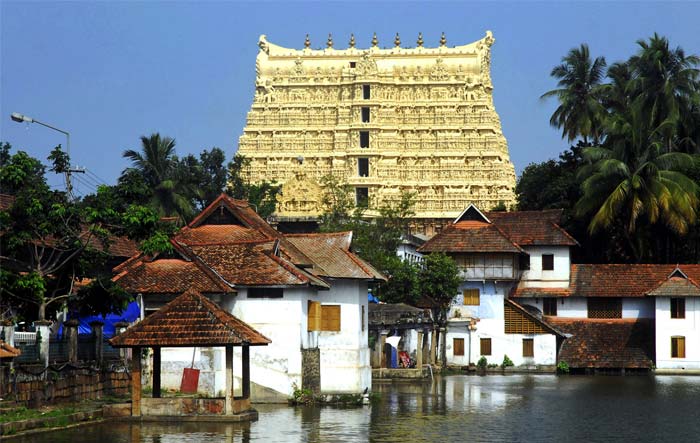 The Supreme Court has ordered that Rs. 90,000 crores worth of treasure found in the temple will now be filmed and photographed.
The Supreme Court has ordered that Rs. 90,000 crores worth of treasure found in the temple will now be filmed and photographed.
Advertisement
Advertisement
Advertisement
